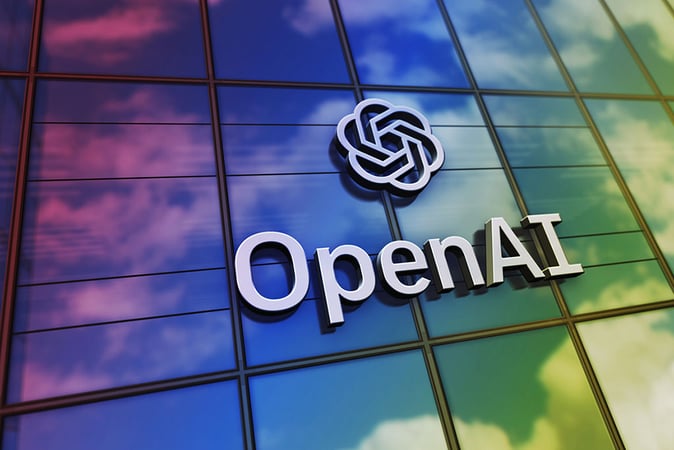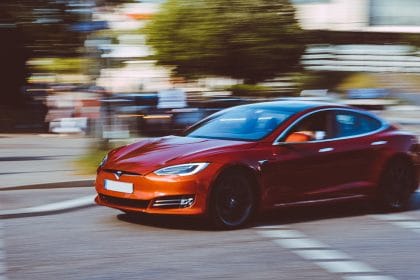Aside from announcing the new tool, OpenAI executives also shared valuable insights into future AI models.
OpenAI is working on a new tool capable of detecting AI-generated images with remarkable accuracy levels. Mira Murati, the Chief Technology Officer of OpenAI, shared this development while speaking at the Wall Street Journal’s Tech conference in Laguna Beach, California.
According to Murati, the image detection tool has a reliability rate of 99% in determining if the source of an image is AI. Currently, the tool is undergoing internal testing. While there is no specific timeline for the launch, the tool should be publicly released as soon as tests are complete.
OpenAI’s announcement is similar to Google’s recent announcement it has been building an AI image detection system. Recently, Google launched the SynthID to help identify computer-generated photos and artworks. Using Imagen, Google is testing the SynthID with select Google Cloud customers and reports suggest high reliability.
OpenAI’s First Rodeo
Meanwhile, this is not the first AI-detection tool by OpenAI. In January, the company released an AI Classifier capable of distinguishing between AI-generated and human-written content. However, by July, the ChatGPT creator quietly closed the program, citing its low degree of accuracy.
“We are working to incorporate feedback and are currently researching more effective provenance techniques for text,” the company revealed. OpenAI also announced its commitment to developing and releasing more mechanisms that will help tell if audio or visual content is AI-generated.
Launching the new tool for detecting AI-generated images underlines OpenAI’s commitment to this task.
Beyond AI-Generated Images
Aside from announcing the new tool, OpenAI executives also shared valuable insights into future AI models. Currently, the generative AI tool ChatGPT runs on GPT-4. This model has been shown to hallucinate and sometimes generate false information.
While OpenAI has not publicly disclosed the name of its upcoming model, the company already applied for a “GPT-5” trademark with the US Patent and Trademark Office.
Meanwhile, Open AI CEO Sam Altman noted that the company may consider developing its computer chips. These chips, which it currently gets from Nvidia Corp, would be for training and operating its AI models.
“The default path would certainly be not to,” he said, “But I would never rule it out.”
An experienced writer with practical experience in the fintech industry. When not writing, he spends his time reading, researching or teaching.




